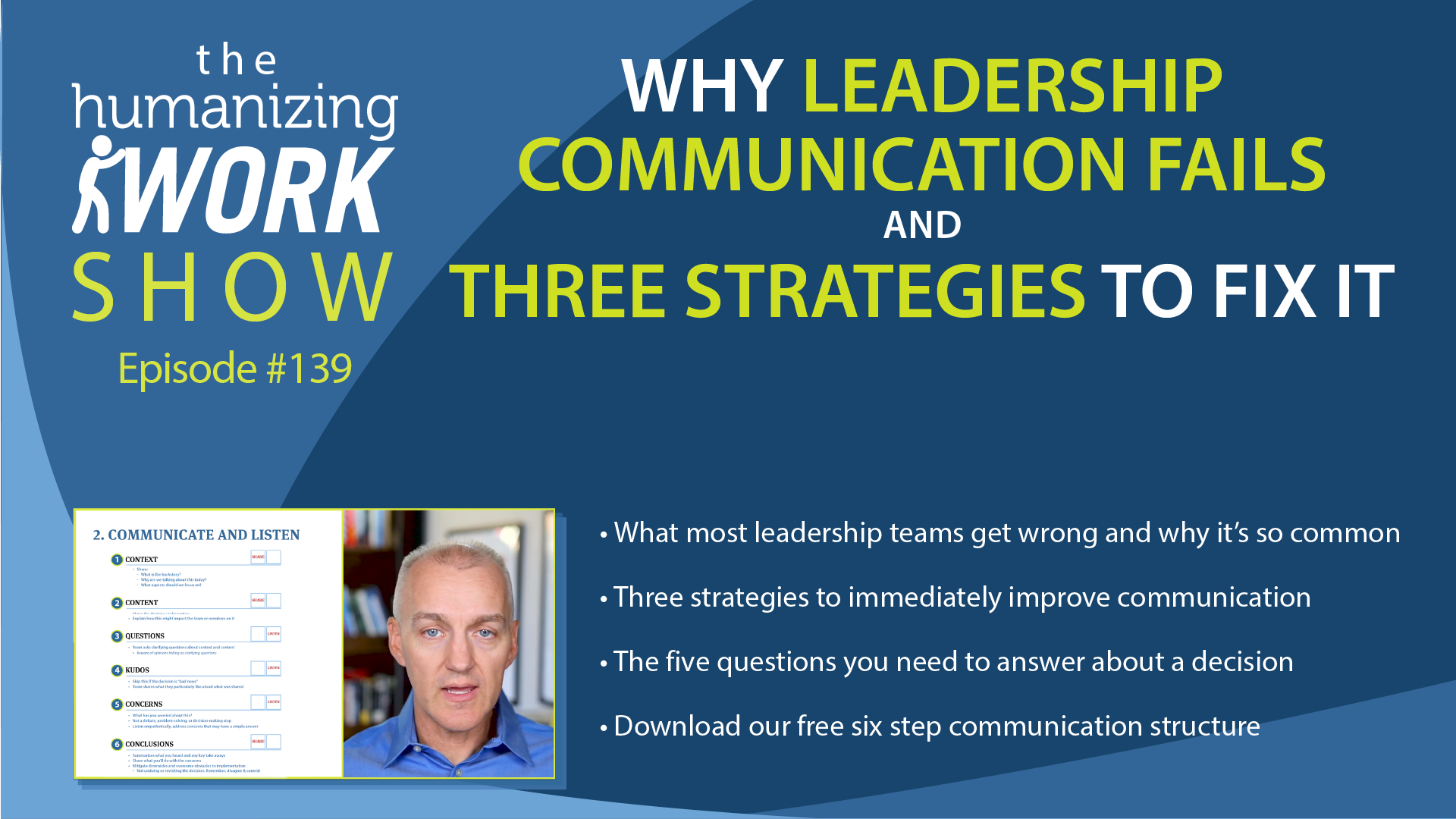Traditional project kickoffs assume predictability, but large, complex projects—especially in regulated industries—don’t work that way. In this episode, we take a deep dive into Phase 1 of our CAPED approach: Strategic Planning. Learn how to align stakeholders, map complexity, and use Reference Class Forecasting instead of unreliable decomposition-based methods to improve estimates and decision-making. Read More
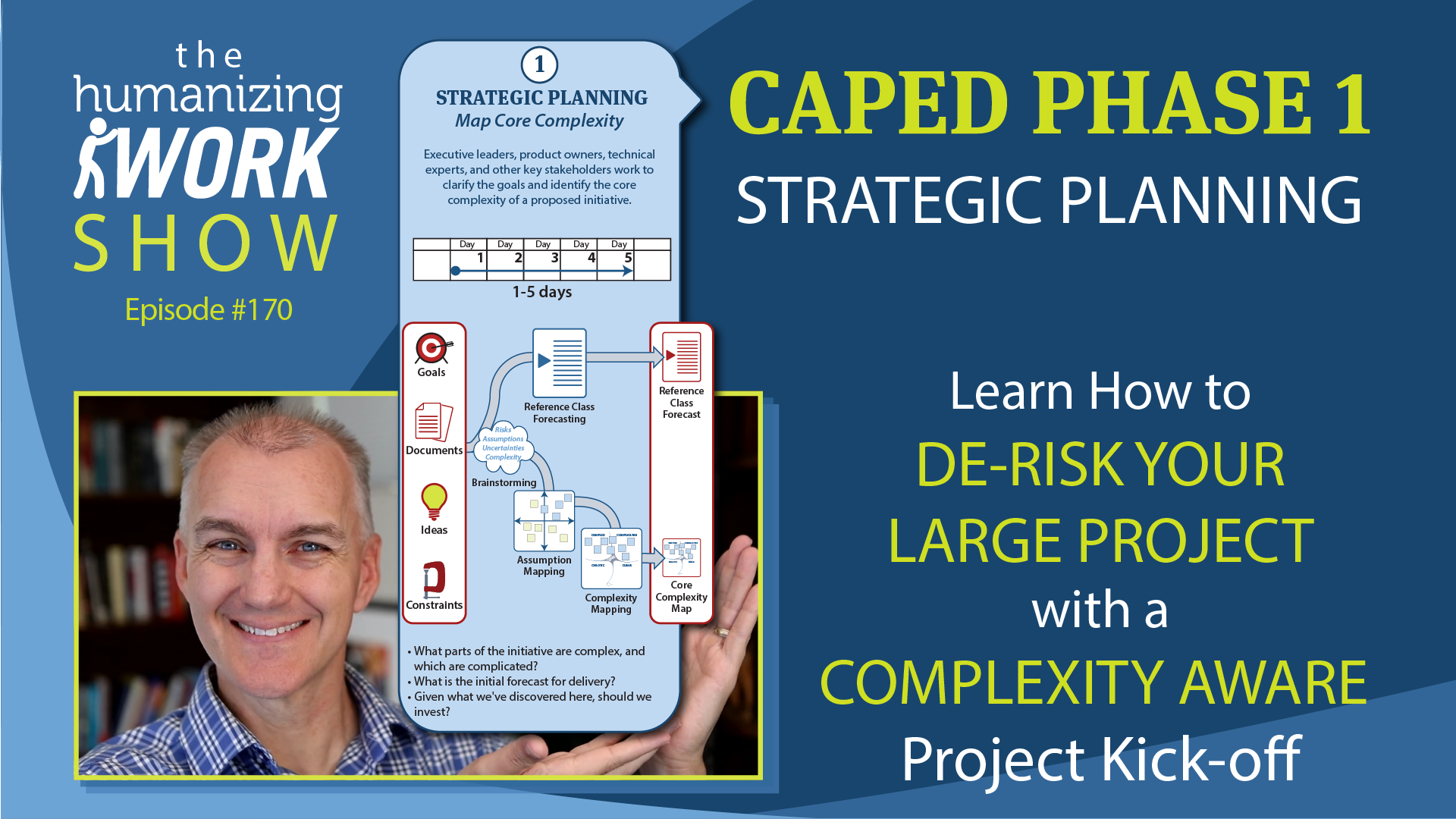
Trust is the foundation of every successful relationship, whether it’s between teammates, managers, or customers. In this episode, Peter shares key insights and actionable takeaways from Rachel Botsman’s audiobook How to Trust and Be Trusted. Discover the five big questions about trust, including how to make better decisions about who to trust, how to earn trust instead of trying to build it, and how trust drives innovation. Plus, learn practical strategies to repair trust when it’s broken and navigate the role of transparency in fostering trust. Read More
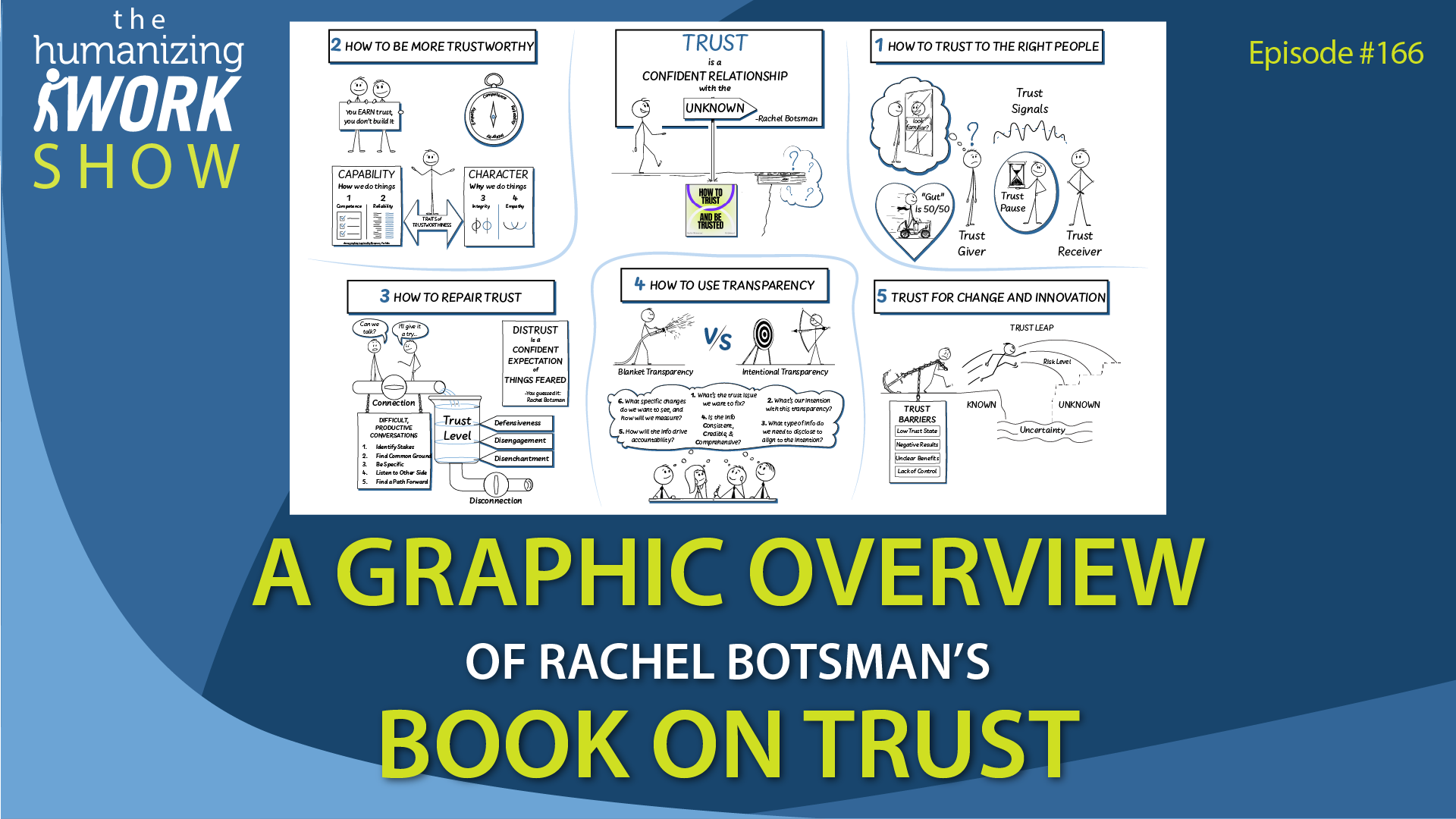
How do you lead a high-performing, empowered team? Kevin Goldsmith, a former Adobe and Spotify leader, joins the Humanizing Work Show to share his journey from engineering to executive leadership. We explore his take on the Spotify Model, how he approaches mentoring new managers, and why positional authority matters more than most leaders realize. Perfect for anyone in tech, leadership, or agile, this episode offers a fresh perspective on building sustainable, people-centered organizations. Read More
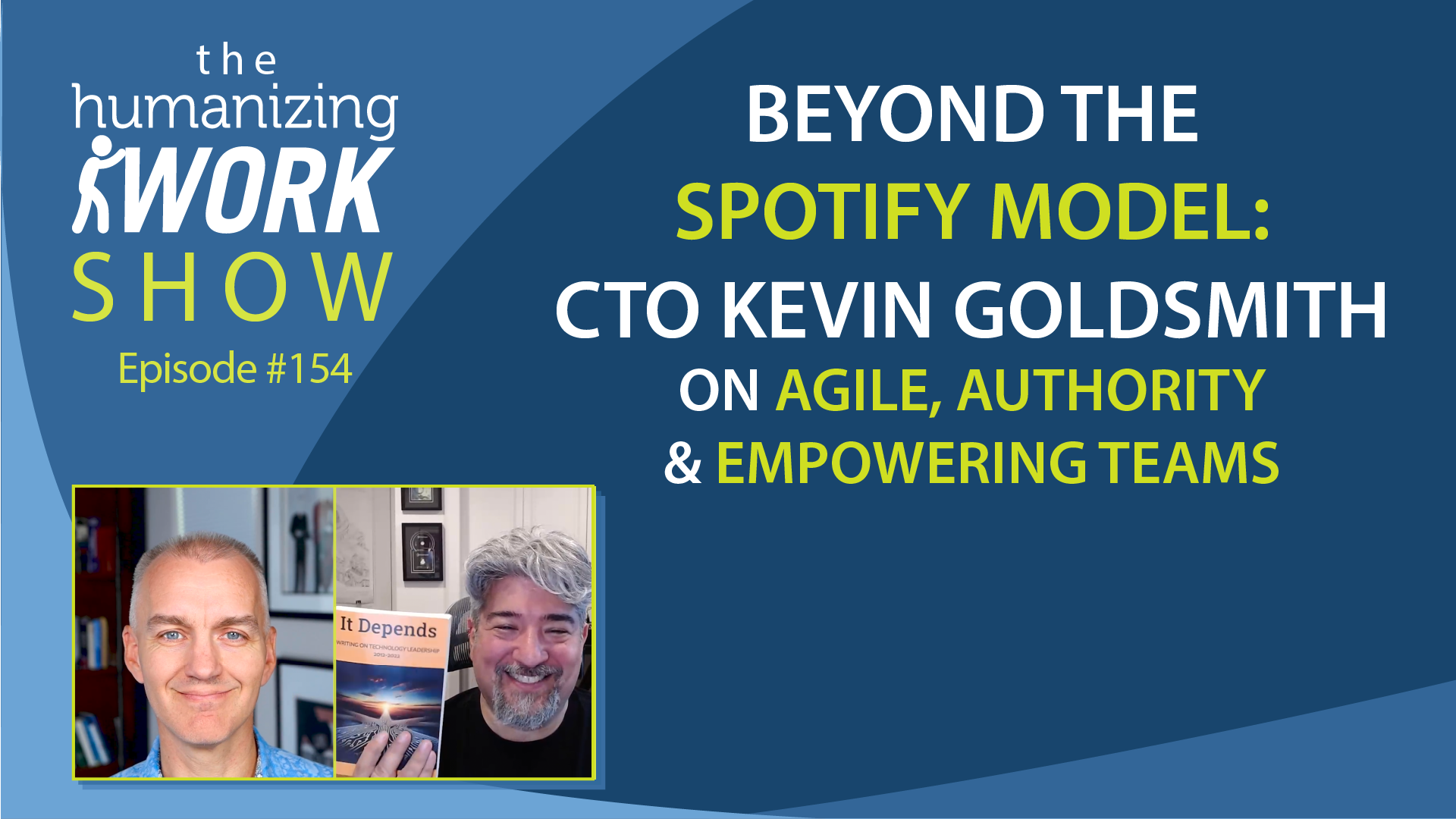
In this edited rebroadcast from Season 2, Episode 2, we explore the surprising lessons a professional jazz quintet can teach us about business cultures and teams. Read More
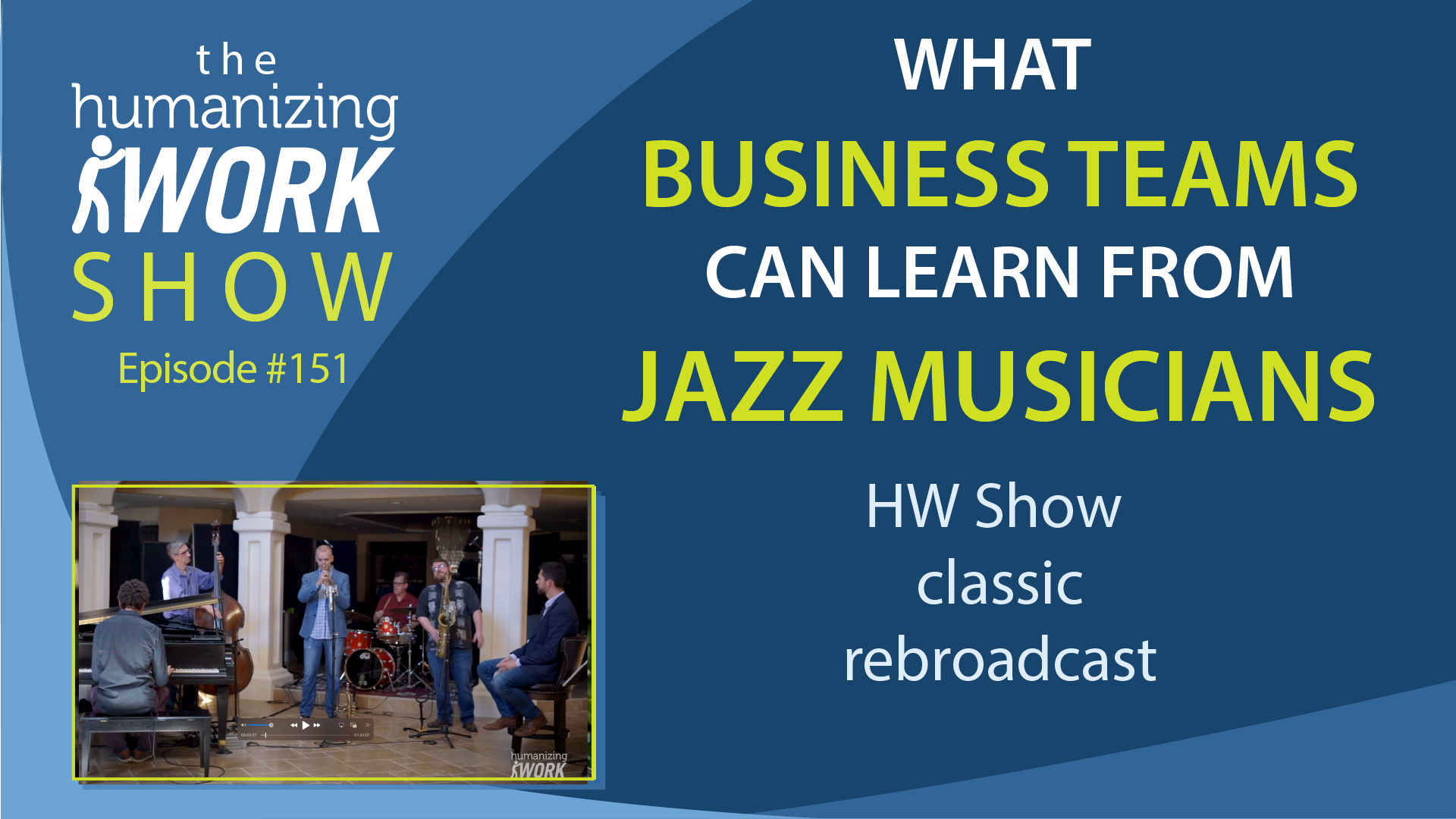
A HW Show Classic Rebroadcast from 2022, this is one of our most viewed episodes, and we're excited to bring it to our broader audience. A team says, 'We can't complete all these features by the scheduled release date,' and then a leader says, 'But we must,' and the team says, 'Okay, now it fits.’ What to do? Read More
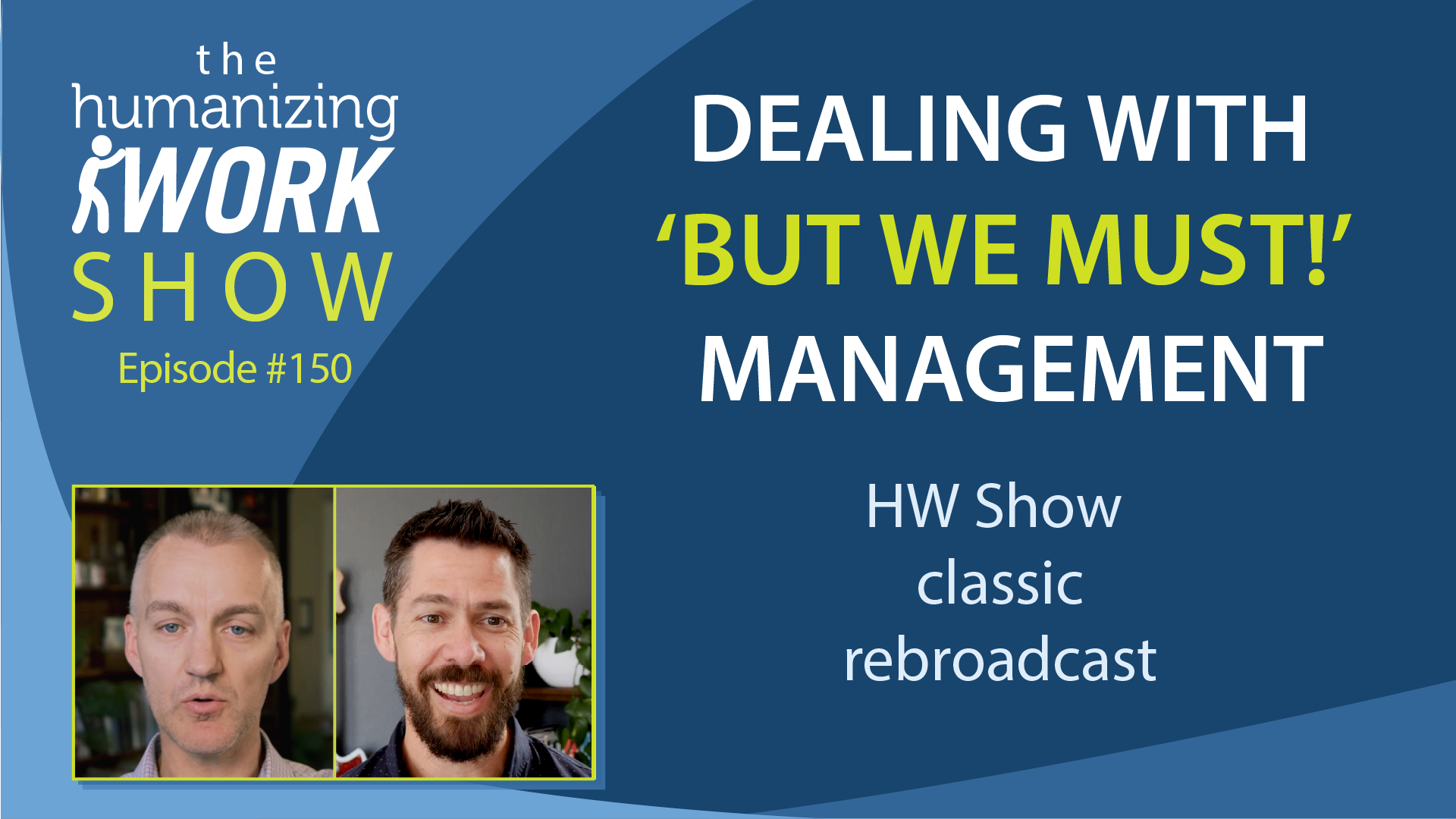
In this episode, we introduce the Focused Conversation method, not just a tool for better meetings—it's a transformative approach to thinking, communicating, and connecting more effectively with others. Discover how this four-step process—Observe, Reflect, Interpret, and Decide—helps you tap into collective wisdom, foster meaningful dialogue, and bridge divides in an increasingly polarized world. Read More
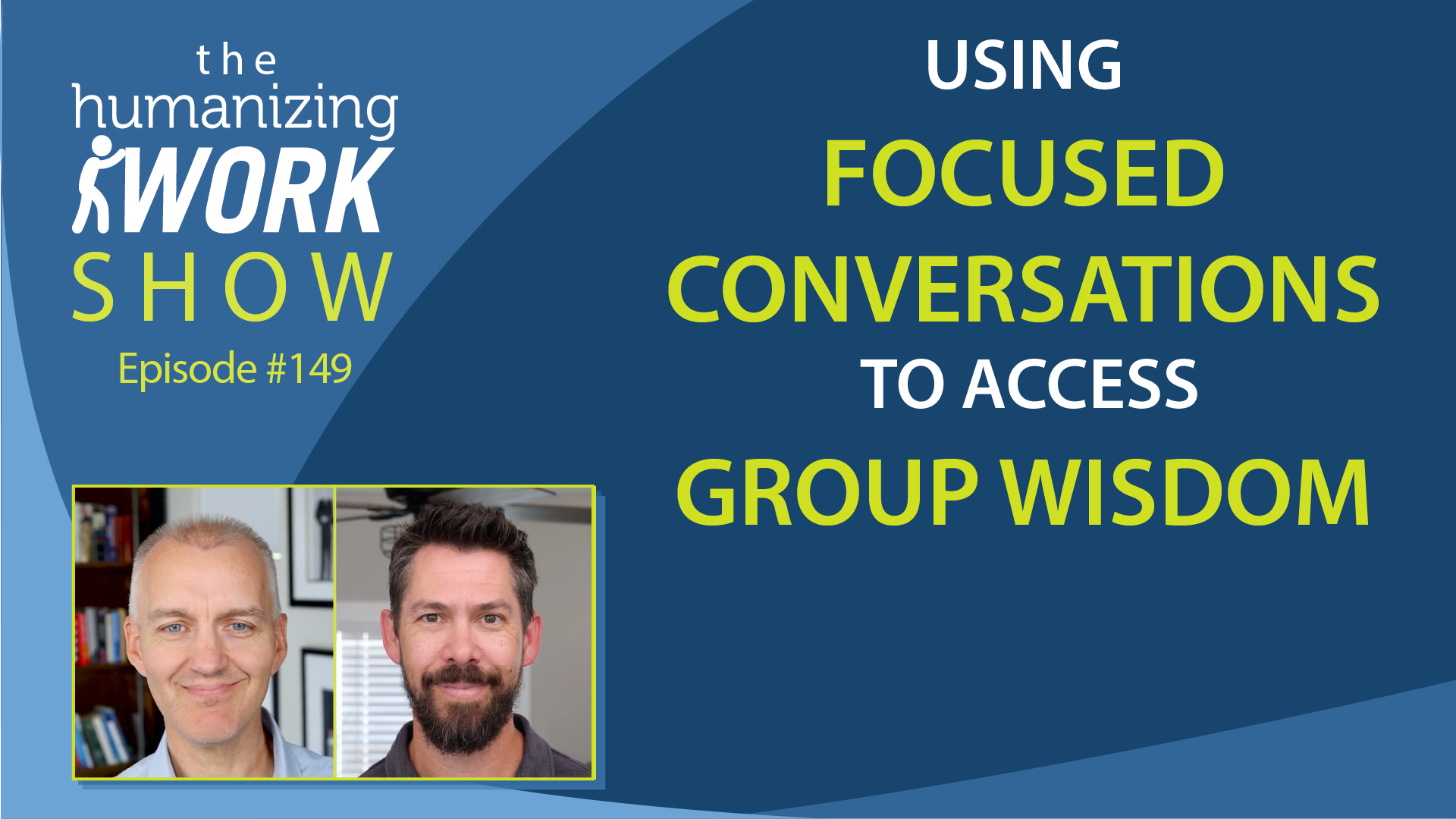
In this episode of the Humanizing Work Show, Peter and Richard delve into the often messy world of cross-team coordination. While collaborating within a team has its challenges, coordinating between teams can feel like navigating a maze—too much information, missed details, and meetings that waste everyone's time. Read More
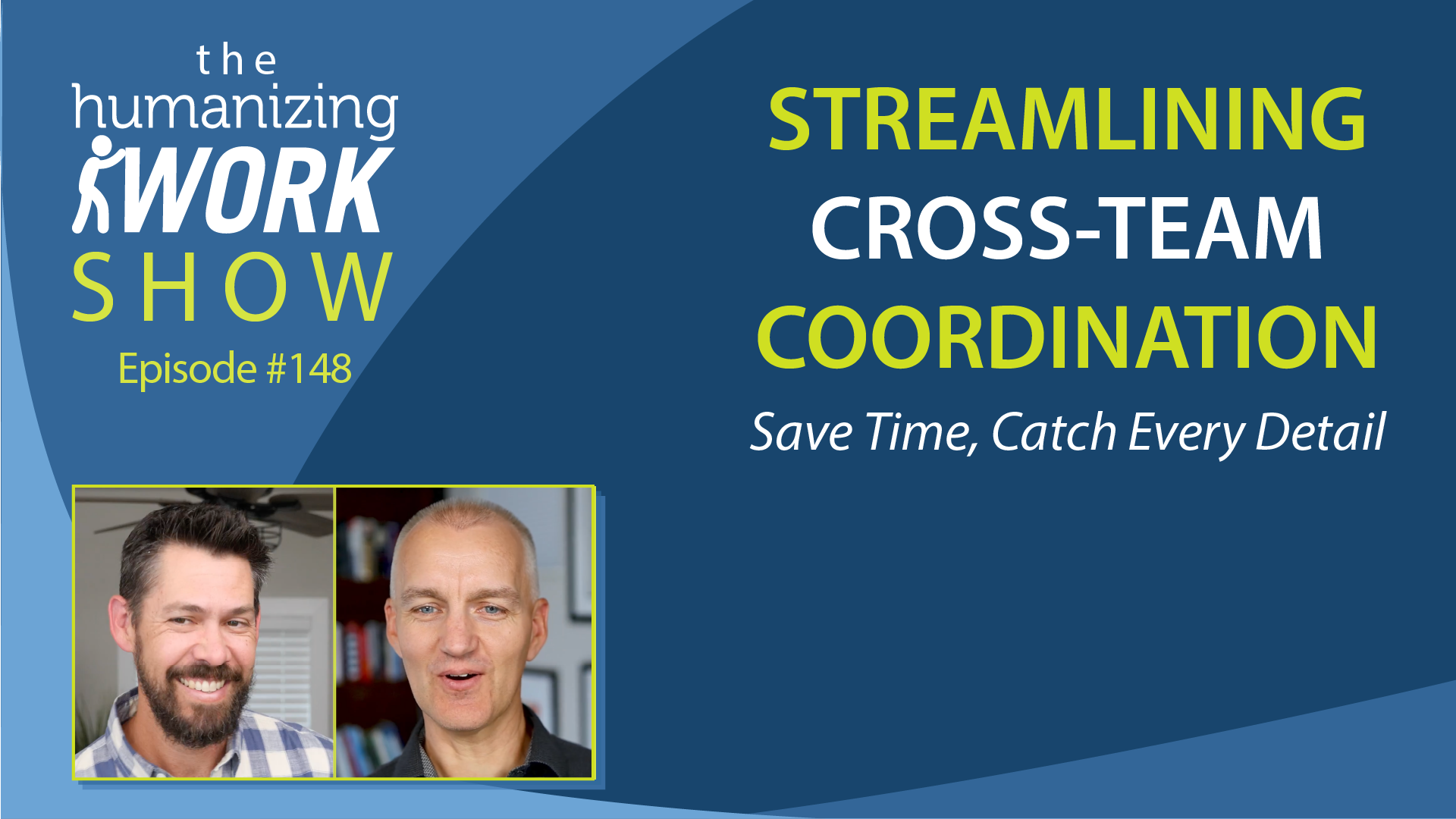
In this episode of the Humanizing Work Show, Peter and Richard break down the art of delivering thoughtful, articulate responses to unexpected questions. Whether you're a coach, nonprofit leader, or professional looking to enhance your communication skills, this episode offers five concrete strategies you can start using today. Read More
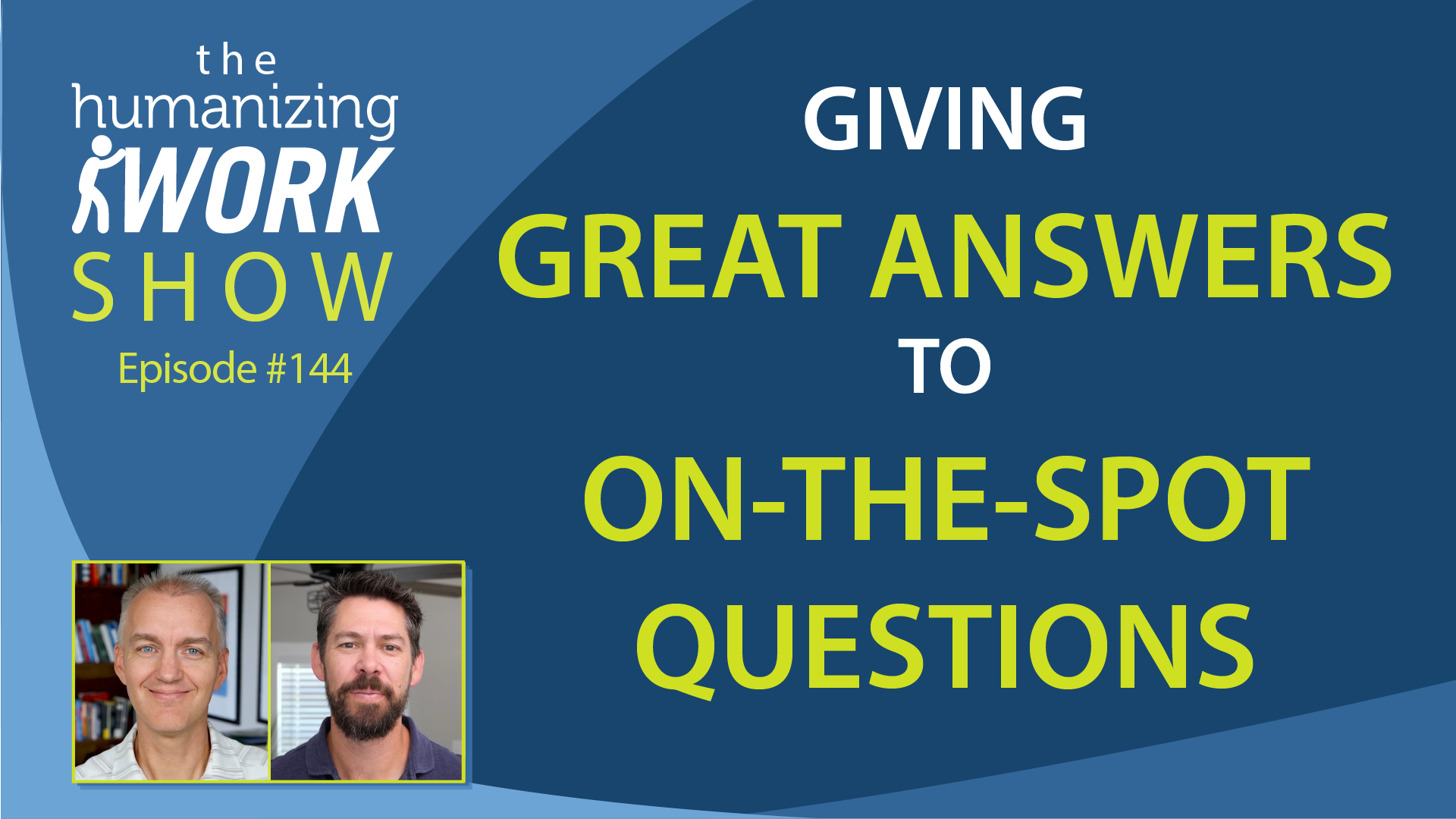
Is there one true Agile? In this episode of the Humanizing Work Show we break down the three Agile tribes—People, Performance, and Process—and discuss why the conflict between them is surface-level and how they can be integrated for greater success. Read More
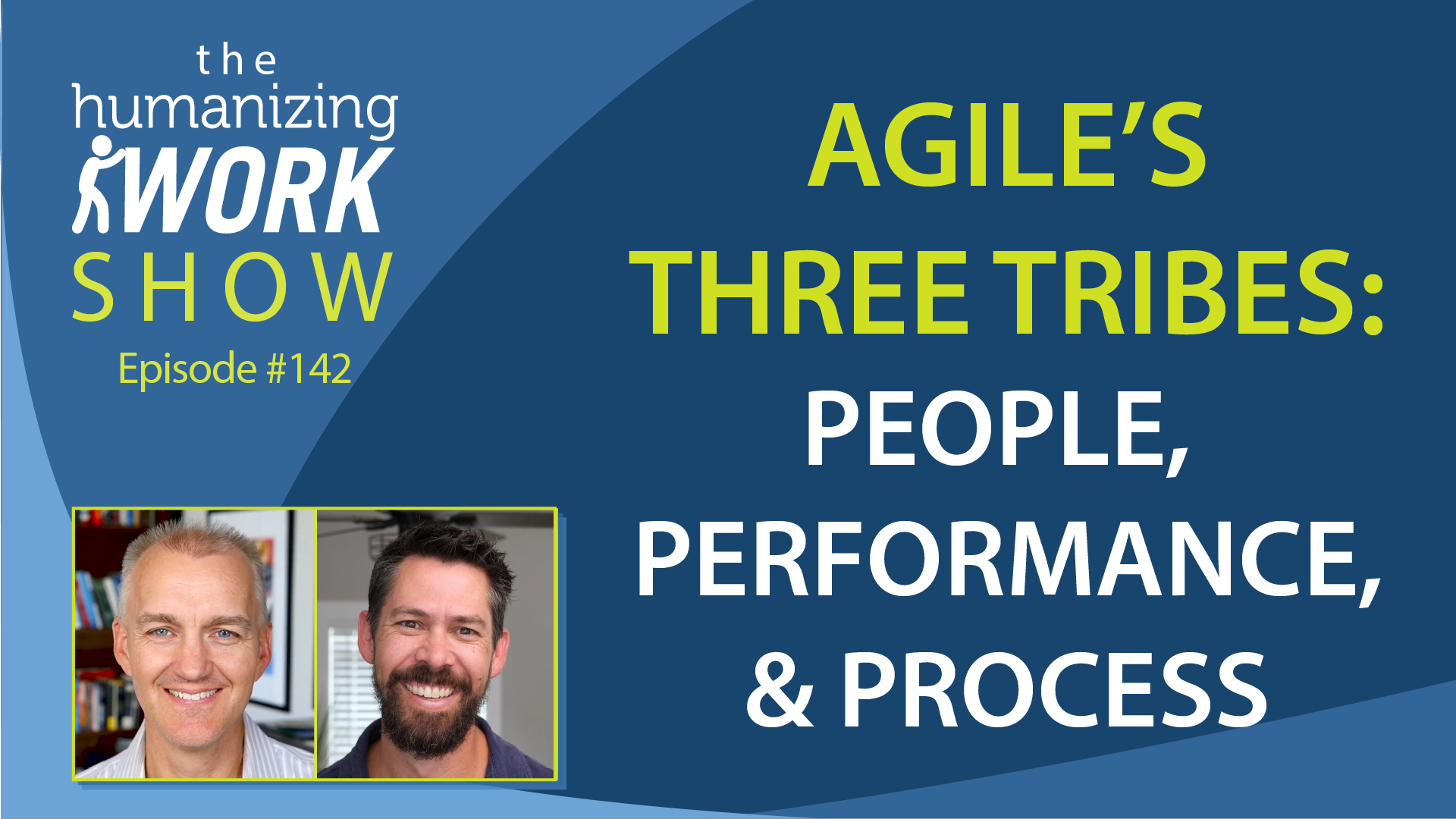
In this episode, we address the most common mistakes leaders make when communicating important decisions and information by sharing three proven strategies to ensure your decisions create clarity and alignment throughout your organization. Misalignment and miscommunication can lead to confusion and inefficiency, but with the right approach, you can keep everyone on the same page. Read More
